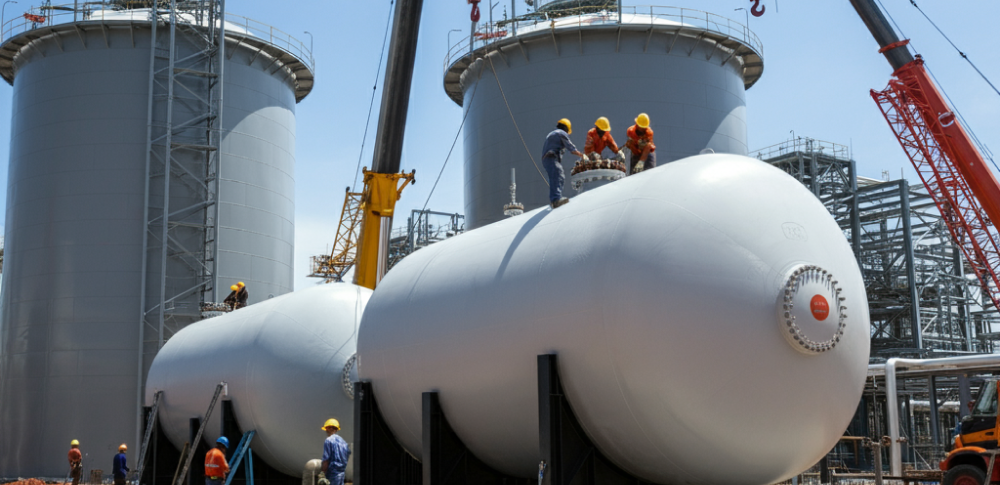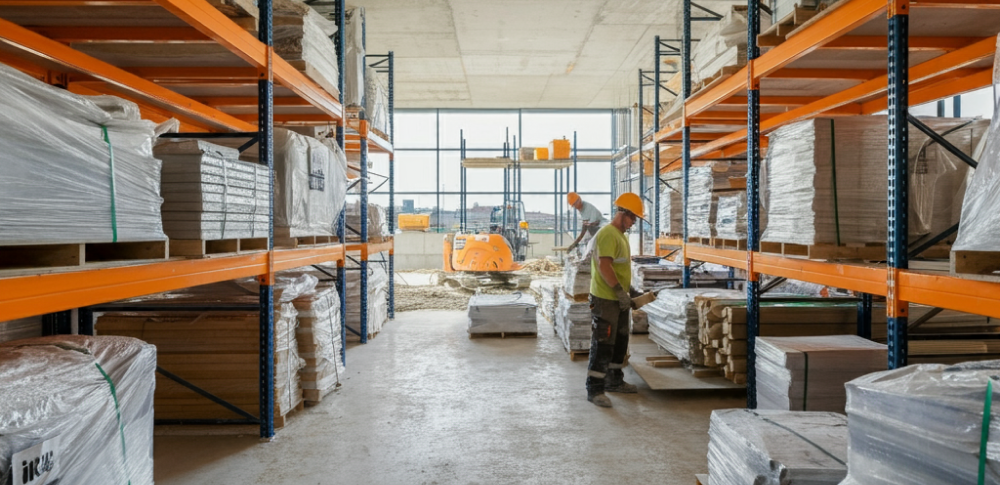The construction and installation of an LPG (Liquefied Petroleum Gas) plant is a highly specialized and meticulous process, requiring expert engineering and a commitment to safety standards. This complex procedure involves several stages, from choosing the right site to final commissioning, ensuring both the functionality of the plant and the safety of its operations.
The process begins with selecting a suitable location for the plant. The site must meet specific safety, regulatory, and logistical requirements. Accessibility to transportation routes, proximity to key infrastructure, and environmental factors all influence the decision. Once the location is confirmed, site preparation begins—clearing the land, setting up roads for equipment access, and stabilizing the ground to support heavy machinery and storage tanks.
Next comes the design and engineering phase, where highly detailed plans are drawn to ensure the plant meets both operational efficiency and safety standards. This includes designing storage tanks, piping systems, pressure vessels, and control rooms. Engineers must carefully assess the risk of fire, explosion, and other hazards that come with handling LPG. All aspects of the design must comply with strict local and international safety standards, such as those outlined by OSHA and other regulatory bodies.
Once the design is approved, the physical construction begins. Workers install the storage tanks, pipelines, and safety systems, including flame arresters, ventilation, and emergency shutdown systems. Welding, piping, and electrical work are crucial elements of the installation process, requiring precision and attention to detail. The plant’s operational equipment, such as pumps and valves, is also installed during this phase.
Following construction, the plant enters the commissioning phase, which includes rigorous testing and inspection. Pressure tests on pipelines, safety checks, and functionality tests on all installed systems ensure that the plant is fully operational. Any weaknesses or potential hazards are identified and addressed, and leak detection systems are checked to prevent any risks. The plant undergoes a thorough final inspection to meet environmental and safety regulations before it is handed over for full operation.
Safety is a primary concern throughout the entire process. The flammable nature of LPG makes it crucial to have proper fire prevention and control measures in place. These may include fire suppression systems, emergency evacuation plans, and gas leak detection devices. Continuous monitoring and regular maintenance are essential to keep the plant safe and efficient throughout its lifespan.
Moreover, the environmental impact of an LPG plant must be carefully managed. Emissions must be minimized, and any waste generated during the construction and operation phases must be handled according to environmental regulations. By incorporating environmentally-friendly technologies and waste management practices, the plant can operate with minimal ecological disruption.
The construction of an LPG plant is an intricate and essential part of the energy infrastructure. It involves collaboration between experienced engineers, skilled workers, and safety experts to ensure a reliable and safe energy supply. By adhering to stringent safety and environmental standards, LPG plants can meet the growing demand for cleaner energy while providing a robust infrastructure for both residential and industrial uses.


